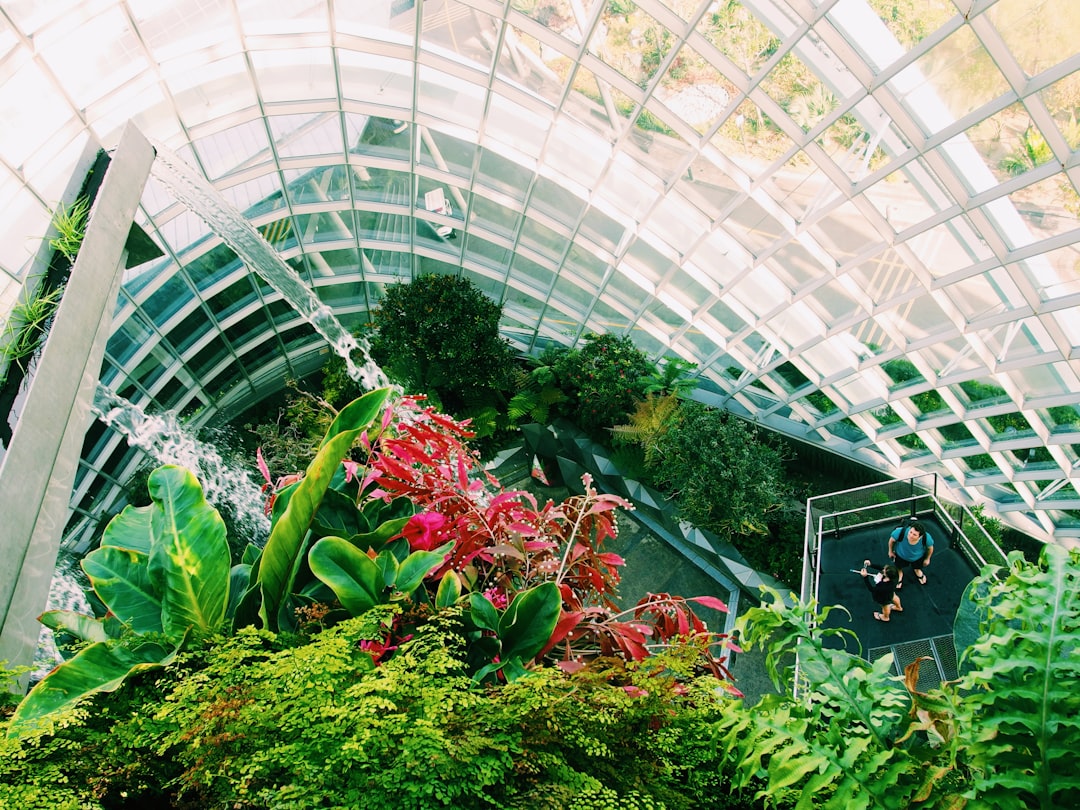Proper watering is crucial for plant health and productivity in a greenhouse setting. Unlike outdoor gardening, greenhouse plants rely entirely on the grower for moisture management. Too much water can cause root rot and disease, while too little can stress plants and reduce yields. Understanding the best watering techniques for controlled environments will help you maintain optimal plant growth and resource efficiency.
1. Understanding Greenhouse Watering Needs
Watering requirements vary depending on several factors:
-
Plant Type: Leafy greens need frequent light watering, while fruiting plants require deep watering.
-
Growth Stage: Seedlings and young plants need consistent moisture, whereas mature plants benefit from periodic deep watering.
-
Climate Conditions: Hotter temperatures increase evaporation and plant water consumption.
-
Soil and Substrate: Well-draining soil prevents waterlogging, while soilless media like coco coir may require more frequent watering.
2. Best Watering Techniques for Greenhouses
Selecting the right watering method depends on plant type, greenhouse size, and automation preferences.
A. Hand Watering
-
Best for small greenhouses or individual plant care.
-
Provides direct control over water distribution.
-
Use a watering wand or hose with a fine spray nozzle to prevent soil displacement.
-
Monitor soil moisture with a moisture meter to avoid overwatering.
B. Drip Irrigation Systems
-
Delivers water directly to plant roots, minimizing evaporation.
-
Ideal for row crops, raised beds, and hanging baskets.
-
Reduces fungal issues by keeping foliage dry.
-
Can be automated with timers for efficiency.
C. Capillary Mat Systems
-
Uses absorbent mats placed under potted plants.
-
Allows plants to draw water as needed through bottom watering.
-
Works well for seedlings and young plants.
D. Overhead Sprinklers and Misters
-
Suitable for humidity-loving plants and germinating seeds.
-
Misters help increase humidity in arid climates.
-
Sprinklers should be used sparingly to prevent excessive moisture on leaves.
E. Ebb and Flow (Flood and Drain) Systems
-
Best for hydroponic and container-grown plants.
-
Water floods the growing area and drains away, allowing roots to absorb moisture.
-
Reduces water waste and maintains consistent hydration.
3. Water Quality Considerations
The quality of water used in a greenhouse impacts plant health and nutrient uptake.
-
pH Levels: Maintain water pH between 5.5 and 6.5 for most plants.
-
Water Filtration: Remove contaminants like chlorine, heavy metals, and sediment.
-
Rainwater Collection: Sustainable and free from harmful chemicals but may require filtering.
-
Nutrient Enrichment: Consider adding fertilizers or hydroponic solutions if growing in soilless media.
4. Preventing Overwatering and Underwatering
-
Check Soil Moisture Regularly: Use moisture meters or the finger test (insert a finger into the soil up to the first knuckle to gauge moisture level).
-
Ensure Proper Drainage: Raised beds, perforated pots, and well-aerated soil prevent waterlogging.
-
Use Mulch: Helps retain moisture while reducing evaporation.
-
Observe Plant Symptoms:
-
Overwatered plants: Yellowing leaves, root rot, fungal growth.
-
Underwatered plants: Wilting, dry leaf edges, stunted growth.
-
5. Automating Greenhouse Watering
Automation enhances efficiency, reduces labor, and ensures consistency:
-
Timers and Controllers: Schedule irrigation cycles based on plant needs.
-
Soil Moisture Sensors: Adjust watering based on real-time soil conditions.
-
Smart Irrigation Systems: Integrated with climate control, these systems regulate watering based on humidity and temperature data.
Conclusion
Effective watering is essential for a thriving greenhouse. By choosing the right irrigation method, maintaining water quality, and monitoring soil moisture, you can ensure healthy plant growth while conserving water. Whether you prefer manual watering or automated systems, consistency and efficiency are key.
How do you water your greenhouse plants? Share your experiences in the comments below!

Comments
No comments yet. Be the first to comment!
You must be logged in to comment. Login